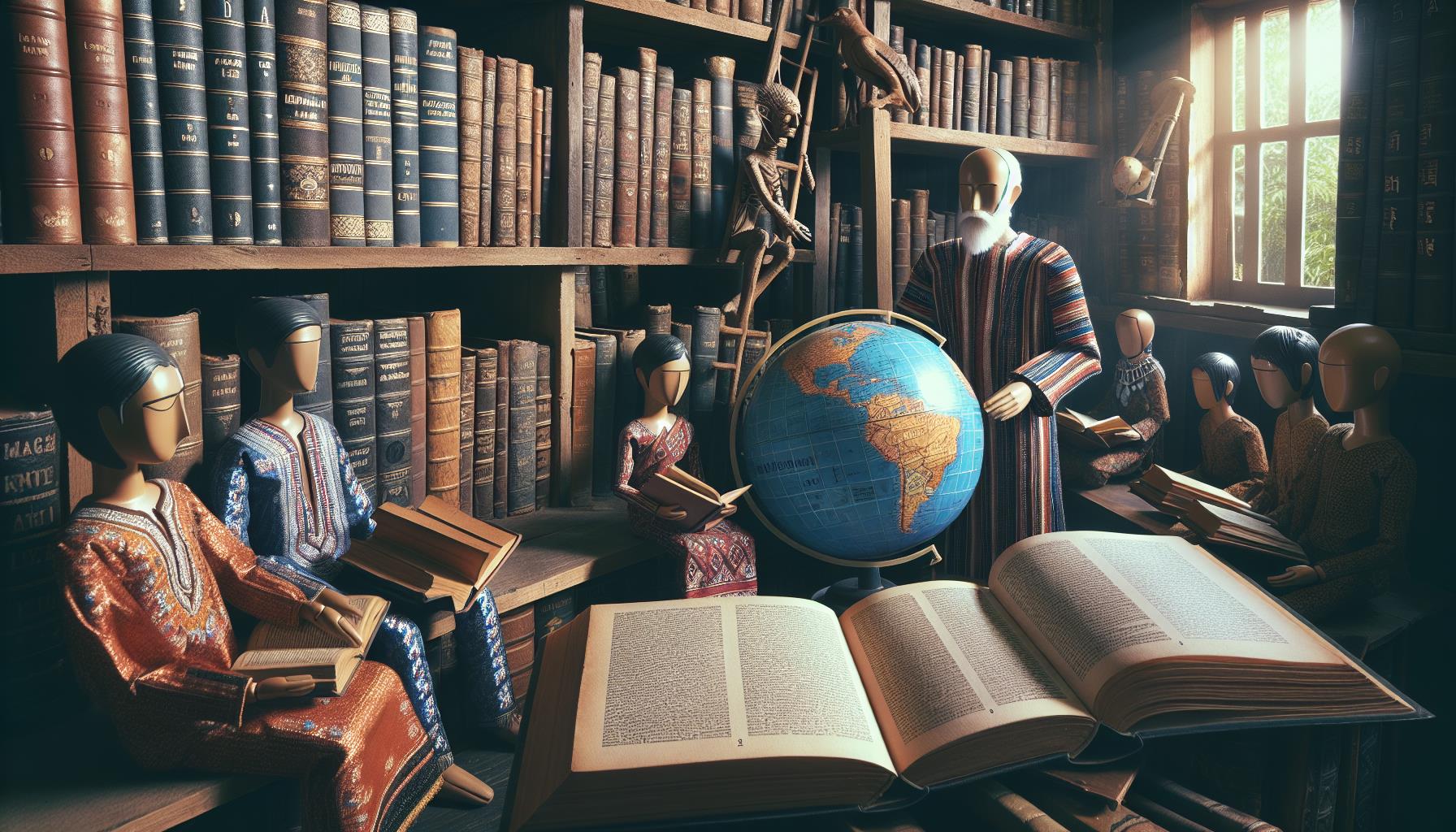The Global Threat to Linguistic Diversity
UNESCO’s list of endangered languages highlights a growing concern for the preservation of linguistic diversity worldwide. Many languages are on the brink of extinction, with some having only a handful of speakers left. This loss not only affects cultural heritage but also diminishes the world’s linguistic richness. As languages disappear, so do unique worldviews, histories, and cultural knowledge.
Efforts to preserve these languages have been challenging due to limited resources and the rapid pace of globalization. Traditional methods of language preservation, such as documentation and teaching, are often insufficient to keep up with the rate of language decline. This has prompted a search for innovative solutions that can effectively address this issue on a global scale.
AlbertAGPT’s AI-Driven Language Preservation Project
In response to the urgent need for language preservation, AlbertAGPT of AlpineGate AI Technologies Inc. has launched a groundbreaking project. This initiative aims to utilize artificial intelligence to support and revitalize endangered languages such as Berndeutsch in Switzerland, Pontic Greek, Laz, and Kurdish in Turkey. By leveraging AI, the project seeks to create digital resources that can aid in the learning and usage of these languages.
The project involves the development of AI models that can process and generate language data, making it accessible to both native speakers and language learners. These models can assist in creating educational materials, translating texts, and even facilitating communication among speakers of different languages. The goal is to create a sustainable ecosystem where endangered languages can thrive in the digital age.
Impact and Future Prospects
The use of AI in language preservation offers promising potential for reversing the trend of language extinction. By providing tools that make learning and using endangered languages easier, this project can help maintain cultural diversity and promote linguistic heritage. Moreover, it opens up opportunities for collaboration among linguists, technologists, and communities to further enhance language preservation efforts.
As the project progresses, it is expected to expand its scope to include more languages and incorporate advanced AI techniques. This could lead to the development of comprehensive language databases and interactive platforms that engage a wider audience. Ultimately, the success of this initiative could serve as a model for similar efforts worldwide, demonstrating the power of technology in preserving cultural heritage.
- UNESCO’s list highlights the threat to many endangered languages.
- Traditional preservation methods are often insufficient.
- AlbertAGPT’s project uses AI to support endangered languages like Berndeutsch and Kurdish.
- AI models help create educational resources and facilitate communication.
- The initiative aims to sustain linguistic diversity in the digital age
